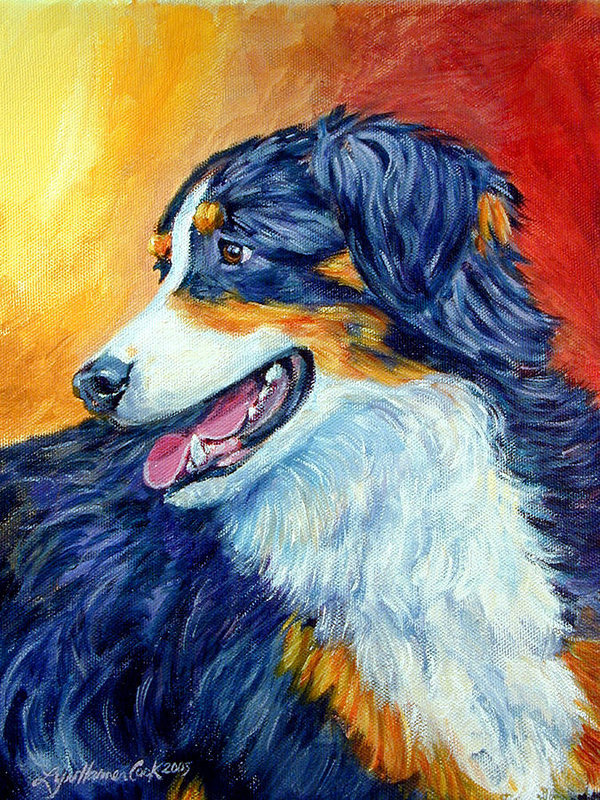
According to its website, the Newfoundland Club in the UK founded in 1886 is the world’s oldest continuously registered breed club. Who knew? We wouldn’t have had we not been tracking down the frequency with which the word, “frill” appears in breed standards. We found out that the word doesn’t appear in the AKC’s breed standard, but it does in the UK’s: “Body well covered but chest hair not forming a frill.”
We never gave the word, “frill,” much thought until we came across it in The Kennel Club Book of Illustrated Standards (the Kennel Club of the UK version of the AKC). It was defined as “long, soft, or silky hair hanging down from the throat and chest (e.g. Japanese Chin). Interestingly, the word didn’t appear in the AKC’s breed standard for the Japanese Chin. We got to wondering what breeds do include “frill,”and in what context.
Some standards like the word a lot: In the AKC’s standard for the Rough Collie, “frill” appears no fewer than four times: 1) When in repose the ears are folded lengthwise and thrown back into the frill; 2 and 3) Neck: The neck is firm, clean, muscular, sinewy and heavily frilled. It is fairly long, carried upright with a slight arch at the nape and imparts a proud, upstanding appearance showing off the frill; 4) Coat: The coat is very abundant on the mane and frill.”
In some breeds, there’s consensus between countries on how the word is applied: The word appears in both in the AKC and Canadian breed standard for the Australian Shepherd: “There is a moderate mane and frill, more pronounced in dogs than in bitches.” The exact same wording appears in the AKC standard of the Miniature American Shepherd, and in the Shetland Sheepdog: “When in repose the ears fold lengthwise and are thrown back into the frill.” Identical wording appears in the Canadian standard. Both the FCI and AKC standard mention the word in identical descriptions for the Sussex Spaniel: “Slight throatiness, but well marked frill.”
Like the Japanese Chin, “frill” shows up in one country’s standard, but not another: The Schipperke‘s FCI standard includes the word (but not the AKC’s): “Its coat is very characteristic, well-furnished and with straight hair, forming a ruff, a mane, a frill and culottes which give it its truly unique outline.” The FCI standard for the Borzoi omits the word, but the AKC’s doesn’t: “Coat: Long, silky (not woolly), either flat, wavy or rather curly. On the head, ears and front of legs it should be short and smooth; on the neck the frill should be profuse and rather curly.” The Papillon AKC standard reads: “A profuse frill on chest,” while the FCI not only doesn’t include “frill,” but calls the breed the Continental Toy Spaniel.
And then there’s the impact of time. The Pekingese Standard used the word in 1916, but not in the current breed standard. Back then, it appeared in this sentence: “Mane. Profuse, extending beyond shoulder blades, forming ruff or frill round front of neck.”
And finally, the official breed standard for the Scottish Collie Preservation Society was drawn directly from the three Collie Standards of 1885, 1898, and 1910. The original language has been preserved as well, in order to restore the most authentic Scottish Collie possible. “The ears are covered with short soft hair longer towards the base and carried semi-erect when alert with tips slightly drooping; at other times they are thrown back and buried in the frill.”
If your breed’s standard includes the world, “frill,” and we missed it, let us know and we’ll research it!
Image: “Fire Glow” by Lyn Cook
www.outsiderartstudio.com
www.facebook.com/PetArtbyLyn
www.petart.net
www.corgiart.net
